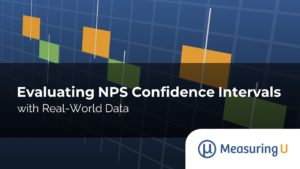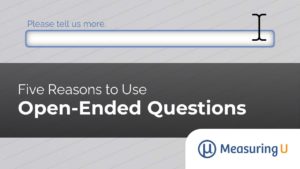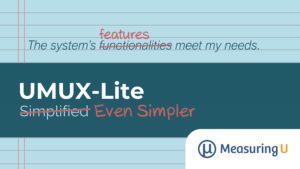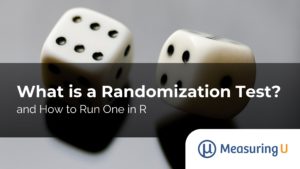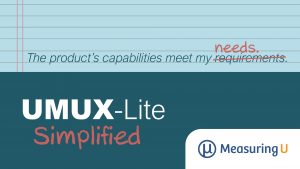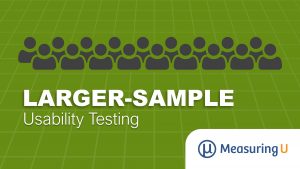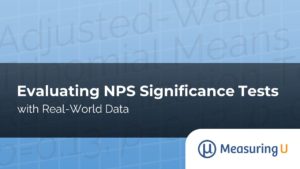
Evaluating NPS Significance Tests with Real-World Data
The Net Promoter Score (NPS) is widely used by organizations. It’s often used to make high-stakes decisions on whether a brand, product, or service has improved or declined. Net Promoter Scores are often tracked on dashboards, and any changes (for better or worse) can have significant consequences: adding or removing features, redirecting budgets, even impacting
